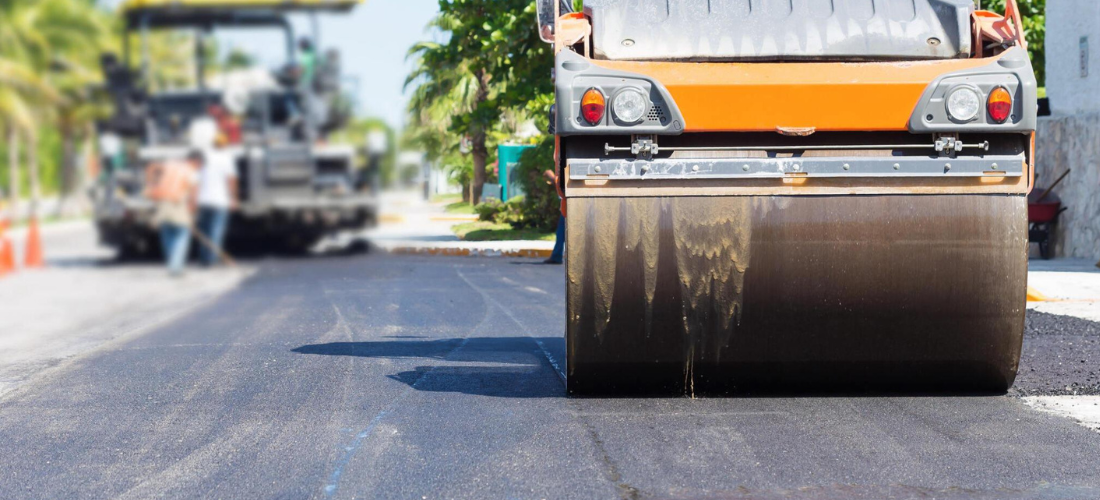Bituminous surface treatment (BST) has become a cornerstone in the realm of road construction and maintenance, proving to be an effective and economical method for enhancing road durability and performance. In this blog post, we’ll delve into the key aspects of bituminous surface treatment, uncovering how it contributes to the longevity and resilience of our roadways.
Understanding Bituminous Surface Treatment
Bituminous surface treatment is a process that involves the application of a thin layer of asphalt emulsion and aggregate to the surface of a road. This treatment creates a protective layer that shields the road from the damaging effects of weather, traffic, and environmental elements. BST is often used on low-traffic roads, rural highways, and residential streets to provide a cost-effective solution for maintaining and extending the life of the road.
Key Components of Bituminous Surface Treatment
1. Asphalt Emulsion: A key component of BST is the asphalt emulsion, a mixture of asphalt cement, water, and an emulsifying agent. This liquid asphalt binds the aggregate together and adheres it to the road surface.
2. Aggregate: Finely crushed stone or gravel serves as the aggregate in bituminous surface treatment. The choice of aggregate depends on factors such as the traffic load and the desired surface texture.
3. Application Equipment: Specialized equipment, including distributors and spreaders, is used to apply the asphalt emulsion and aggregate evenly across the road surface.
Advantages of Bituminous Surface Treatment
1. Cost-Effectiveness:
BST is a cost-effective alternative to more extensive road rehabilitation methods. Its application is relatively quick and requires fewer resources, making it an efficient solution
2. Preventive Maintenance:
By creating a protective layer, bituminous surface treatment acts as a preventive maintenance measure. It seals the road surface, preventing the intrusion of water and chemicals that can lead to deterioration and the formation of cracks.
3. Improved Skid Resistance:
The aggregate in the BST mixture enhances skid resistance, providing better traction for vehicles. This is particularly important for road safety, especially in wet or slippery conditions.
4. Surface Renewal:
BST can be applied to rejuvenate aging road surfaces, extending their lifespan and restoring their functionality without the need for more extensive reconstruction.
Application Process:
The application of bituminous surface treatment involves several steps. First, the road surface is cleaned to remove debris and prepared for treatment. The asphalt emulsion is then applied, followed by the uniform spread of aggregate. The treated surface is allowed to cure, creating a durable and weather-resistant road surface. Bituminous surface treatment stands as a testament to the innovation in road maintenance, offering a cost-effective and efficient solution for enhancing road durability and performance. As communities seek sustainable ways to preserve their infrastructure, BST emerges as a valuable tool in the preservation toolbox. By understanding the benefits and application process of bituminous surface treatment, we can appreciate its role in ensuring smoother, safer journeys on our roads

